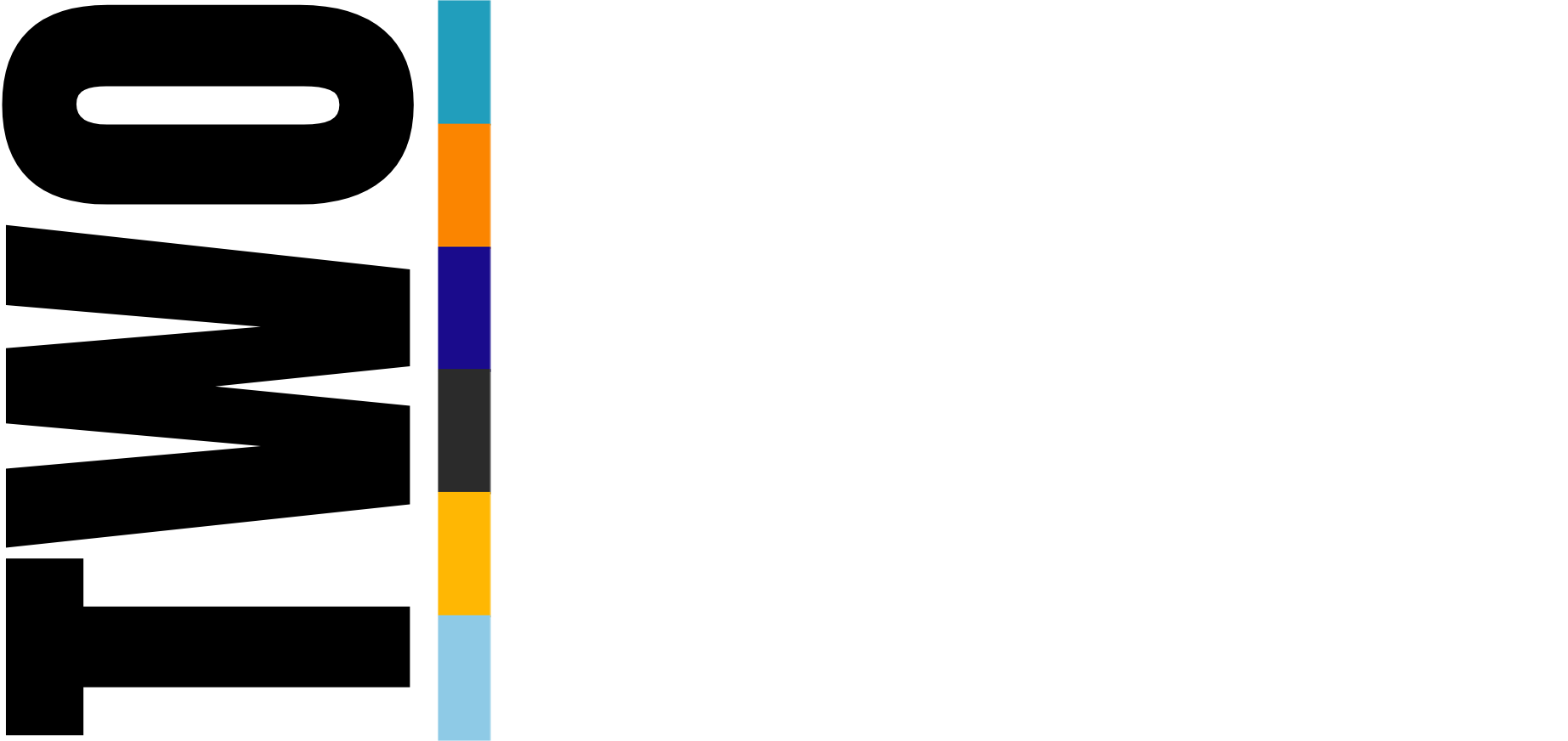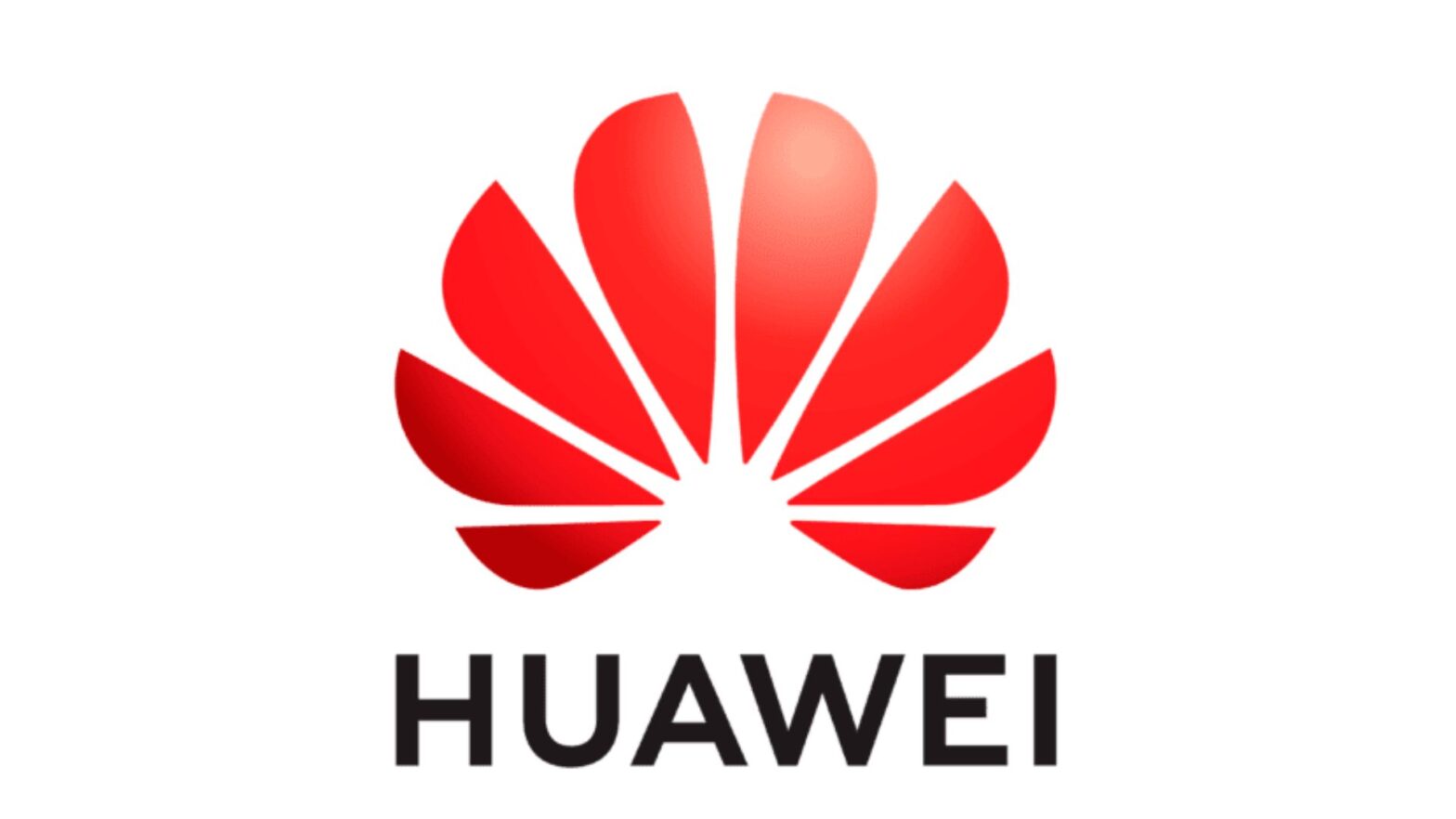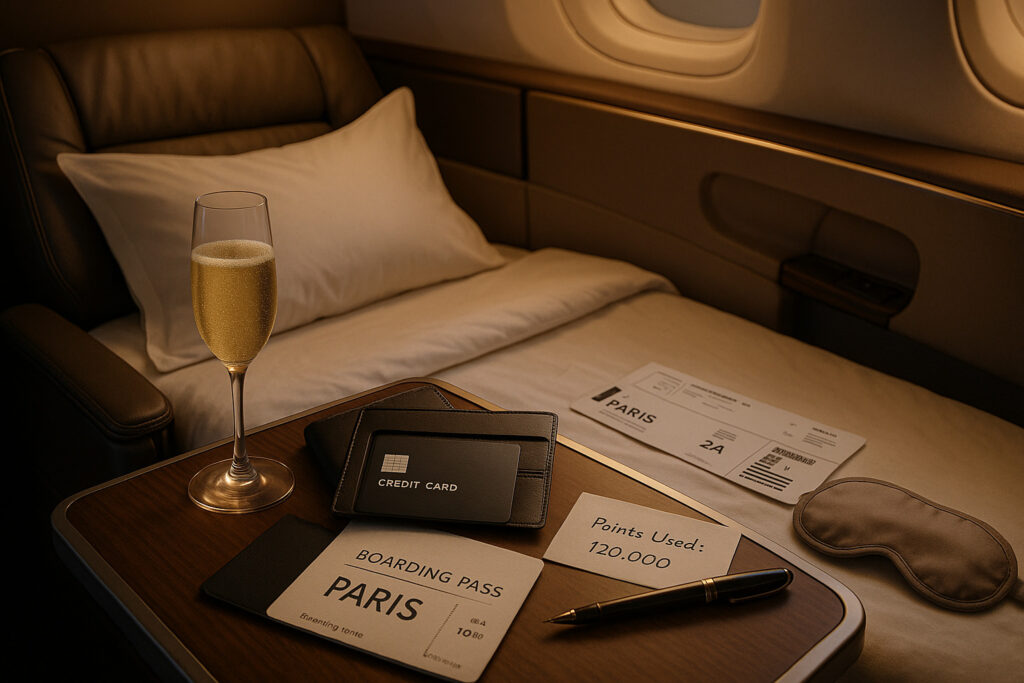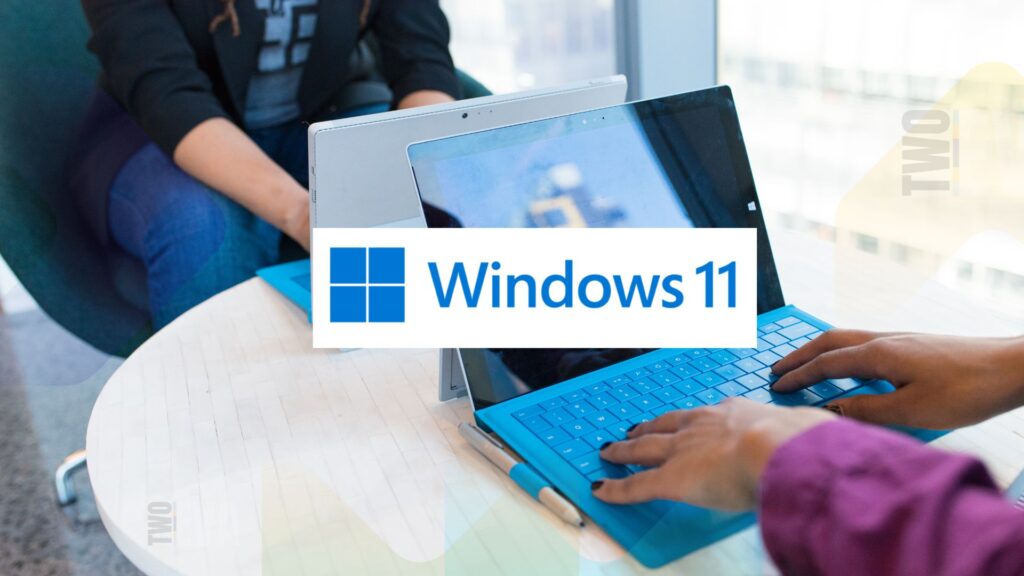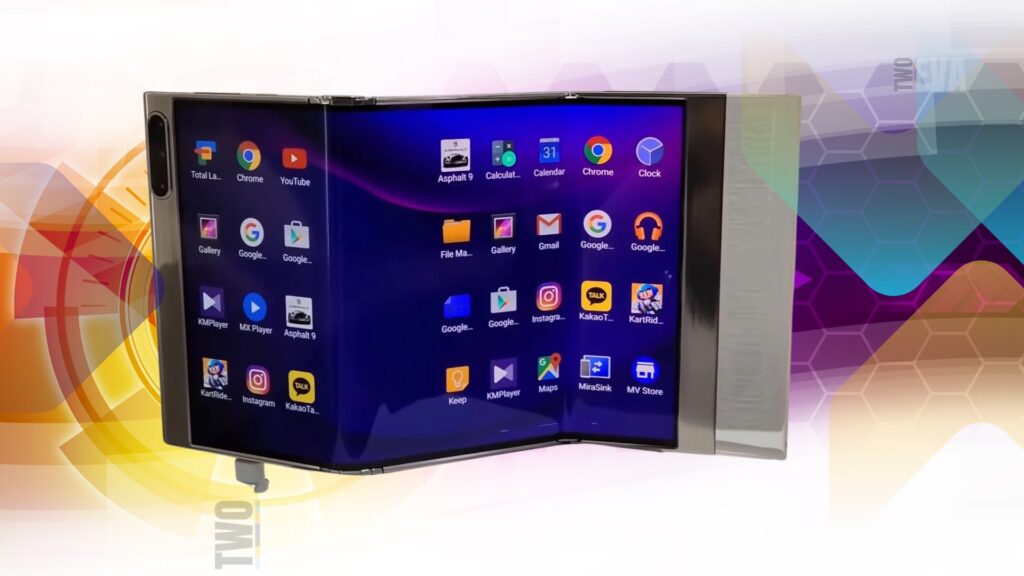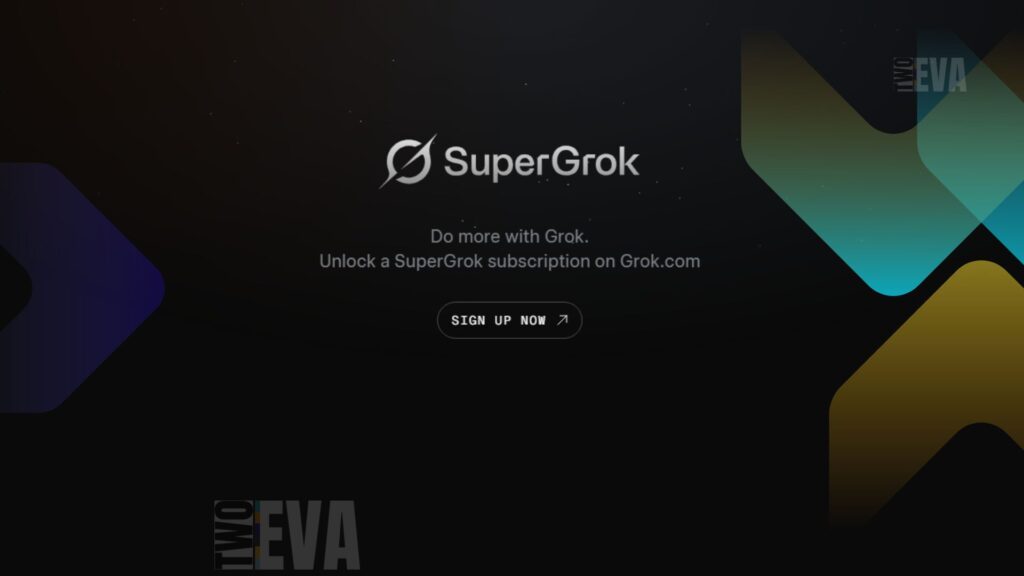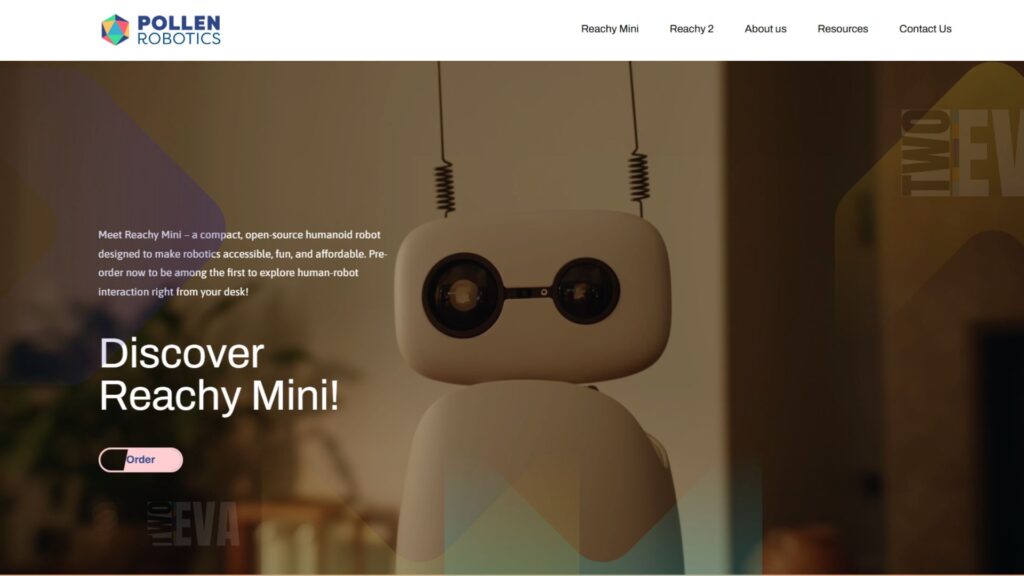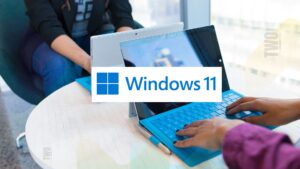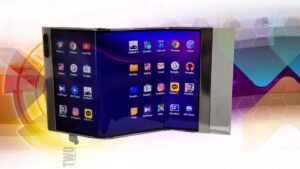Huawei’s Harmony OS is setting its sights on a bold target—reaching 100,000 applications within the next 6 to 12 months. Currently, the system supports over 15,000 apps, but with the growing necessity for a broader ecosystem, Huawei has outlined an ambitious goal to make Harmony OS a viable competitor to Android and iOS. This announcement comes at a time when global tech dynamics are shifting, fueled by ongoing U.S.-China tensions and a pressing need for Huawei to develop self-reliant technology.
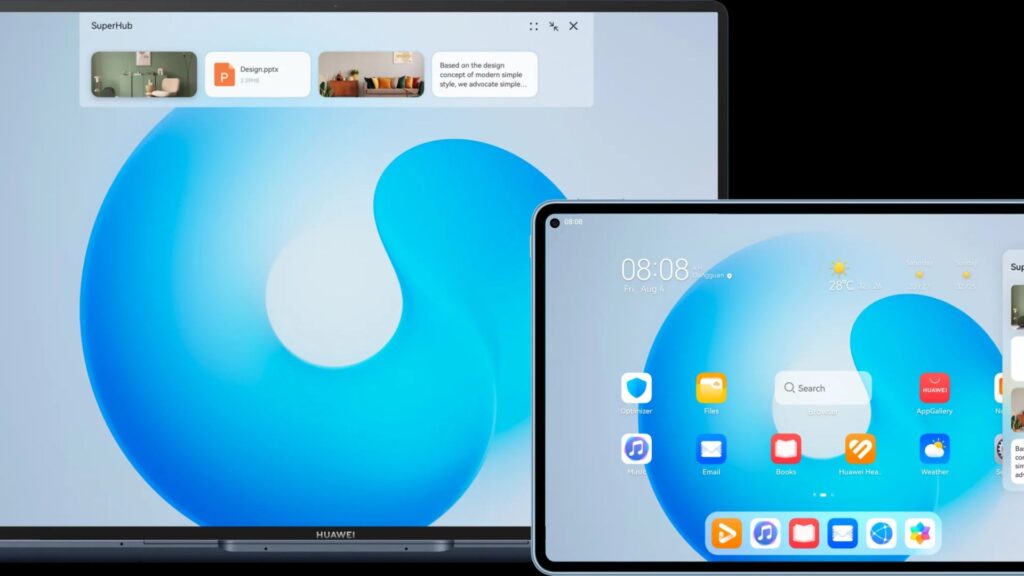
The Push for Self-Reliance
The push behind Harmony OS stems from Huawei’s need to reduce its dependence on U.S. technology. With its access to Google’s Android severely restricted by U.S. sanctions, Huawei’s development of Harmony OS has become not just a strategic move but a necessity. “For any operating system, no matter how advanced, it would be of no value if no one uses it,” said Huawei Chairman Xu Zhijun, speaking at a recent conference, acknowledging the challenge of creating an app ecosystem that can rival the established dominance of Android and iOS.
While Huawei has made significant progress, its ambitions face a steep climb. The current version of Harmony OS, which has gained traction on over 900 million devices globally, must attract developers willing to create apps using Huawei’s proprietary ArkTS programming language. Rewriting apps for a new system is a complex task, and it’s unclear how developers will respond.
Incentives for Developers
To reach the 100,000-app milestone, Huawei is pulling out all the stops to attract developers. Key strategies include a $1 billion investment to fund app development, along with extensive training programs aimed at cultivating new talent. Over 380,000 developers have already been certified in HarmonyOS development, and more than 135 Chinese universities now offer courses on the platform. This educational push is designed to fuel the creation of apps specifically tailored for Harmony OS, thus enhancing the system’s appeal to a wider consumer base.
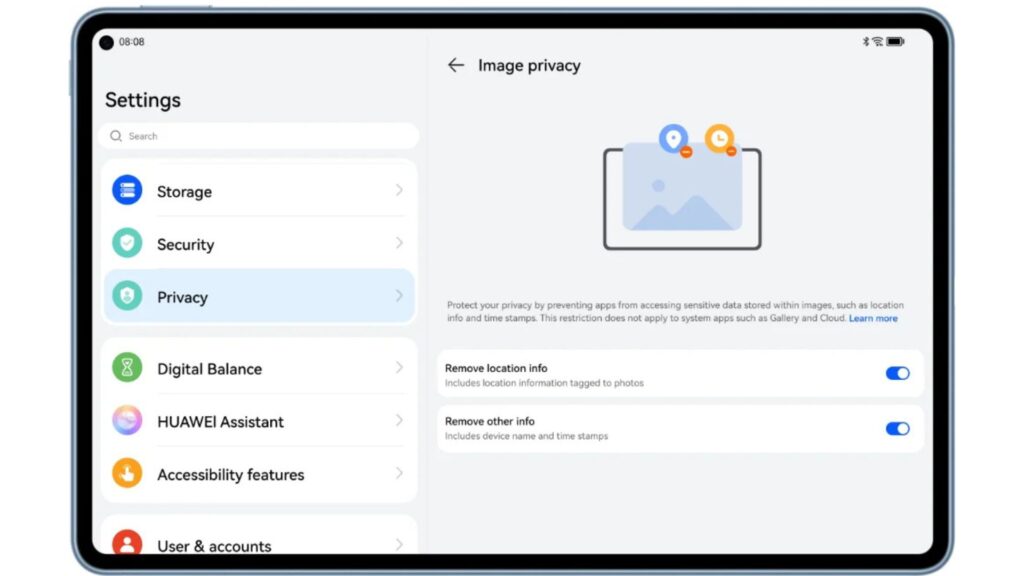
Moreover, Huawei is actively partnering with major Chinese companies like JD.com, BiliBili, KFC, and McDonald’s to port their popular apps onto the platform. This is a critical move, as it’s the integration of essential apps that will ultimately drive user adoption. The company is focusing on the 5,000 apps that represent 99% of smartphone usage in China, which could quickly boost the platform’s usability.
Major Hurdles Ahead
Despite these efforts, Harmony OS faces several hurdles that could derail its ambitions. Geopolitical concerns remain a significant challenge. Ongoing U.S. sanctions and the global skepticism surrounding Chinese tech companies mean that Huawei’s efforts may be viewed with suspicion in markets outside China. Experts warn that developers, especially international ones, may hesitate to invest in the platform given these uncertainties.
Additionally, market share remains a stumbling block. While Harmony OS holds around 17% of the Chinese smartphone market, it’s still a fraction of the global market share. Android and iOS dominate, and convincing developers that it’s worth their time to create for a platform with limited reach is no small feat.
Can Huawei Overcome the Competition?
The tech giant faces an uphill battle in trying to carve out a space for Harmony OS in a market were Android and iOS reign supreme. Developers are already heavily invested in the established ecosystems, which offer more tools, resources, and a larger, more loyal user base. For Harmony OS to succeed, Huawei must not only ensure the quality and quantity of its app offerings but also build trust and prove that developing for the platform is a worthwhile investment.
Huawei’s strategy to focus on localized app offerings in China and build a robust infrastructure to support developers shows promise, but the global adoption will require navigating a complex web of regulatory scrutiny and consumer sentiment.
Huawei’s goal of 100,000 apps within a year is undoubtedly ambitious, but whether it can meet this target and genuinely challenge Android and iOS remains uncertain. With a market already saturated by two giants, Harmony OS will have to prove that it can offer a compelling alternative. While it has the financial resources and political backing to push its agenda, the road ahead is filled with significant hurdles. If Huawei can overcome these challenges, it could reshape the landscape of mobile operating systems. But success will ultimately depend on whether developers, users, and global markets are ready to embrace the change.
